
Arts & Culture
Is this the earliest depiction of a dodo in art?
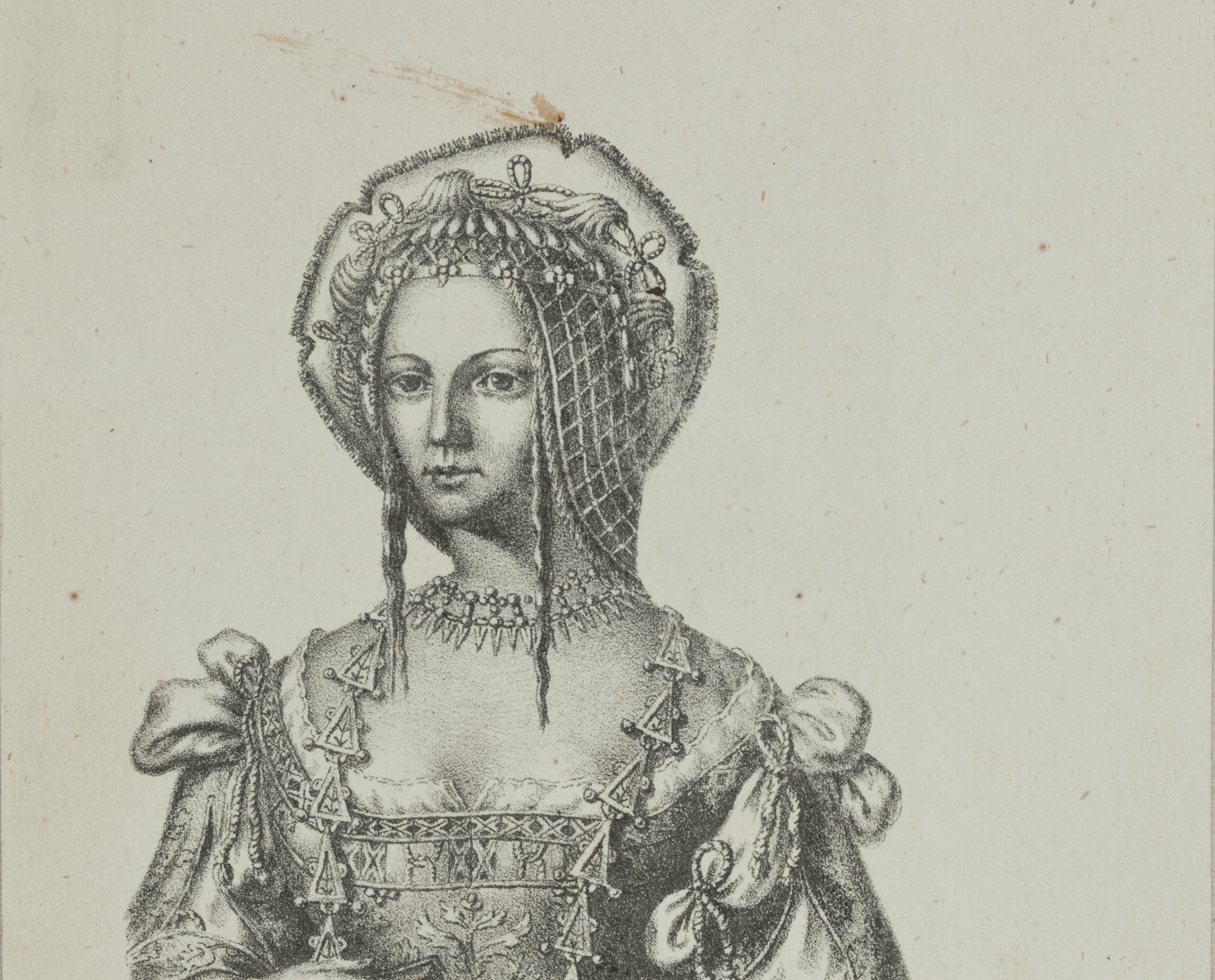
An Italian-born princess and sole heir to the Sforza dukedom, Queen Bona helps us understand how elite Renaissance women acquired, maintained and negotiated power
Published 18 December 2020
Among the women of the European Renaissance, Bona Sforza is often stereotyped similarly to her aunt – the fabulous Lucrecia Borgia – as a dangerous and meddling femme fatale.
Bona Sforza was the daughter of Gian Galeazzo Sforza, the Duke of Milan and his beautiful wife Isabella d’Aragona of Naples. Bona’s father died shortly after her birth in 1494, at the same time, Italy was engulfed in the series of wars between the French Valois kings and the powerful Austrian Habsburgs.
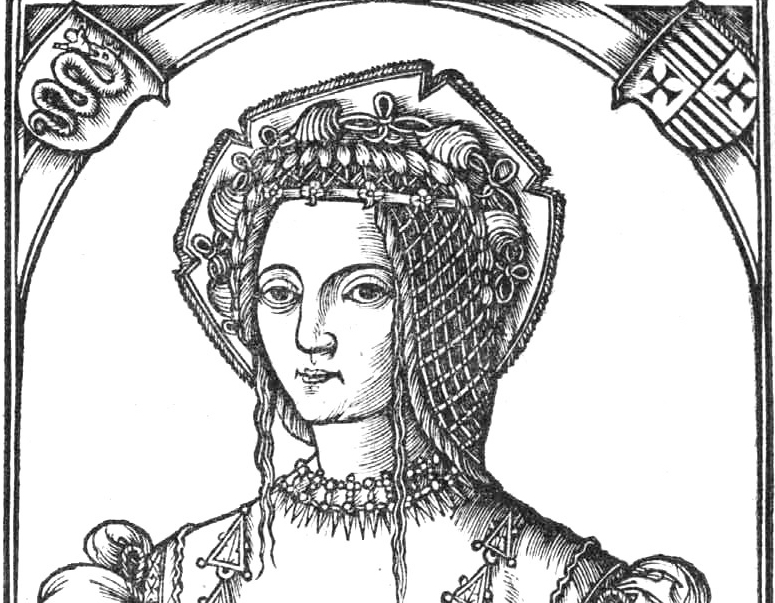
This conflict reshaped the political map of early modern Europe.
The Habsburgs were an ascendant royal house whose members would occupy the imperial throne of the Holy Empire until 1806. They were also closely related to the Sforzas as Gian Galeazzo’s sister, Bianca Maria, became the third wife of Maximilian I – the Holy Roman Emperor.
Bona’s uncle, the Emperor took an active interest in her fate – especially due to the fact that, by 1512, Bona was the sole surviving legitimate heir to the throne of Milan.
Maximilian I was a consummate diplomat, who through advantageous marriages expanded the Habsburg influence from Spain to Hungary and Bohemia.

Arts & Culture
Is this the earliest depiction of a dodo in art?
His policies in East Central Europe encountered powerful resistance from the Jagiellonian Dynasty – these monarchs in Poland, Lithuania, Bohemia, and Hungary, making them a powerful rival to the Habsburgs in East Central Europe.
In 1517, as a result of a Habsburg intrigue, Bona became Queen Consort of Poland and Grand Duchess of Lithuania by marrying Sigismund I the Elder. In 1524, she also inherited from her mother the Duchy of Bari and Principality of Rossano, as well as a claim to the crown of the Latin Kingdom of Jerusalem.
Holy Roman Emperor Maximillian I hoped that implanting Bona as a Habsburg agent would restrain the Jagiellonian dynasty’s expansion in East Central Europe, which threatened the Habsburgs own dynastic plans for the region.
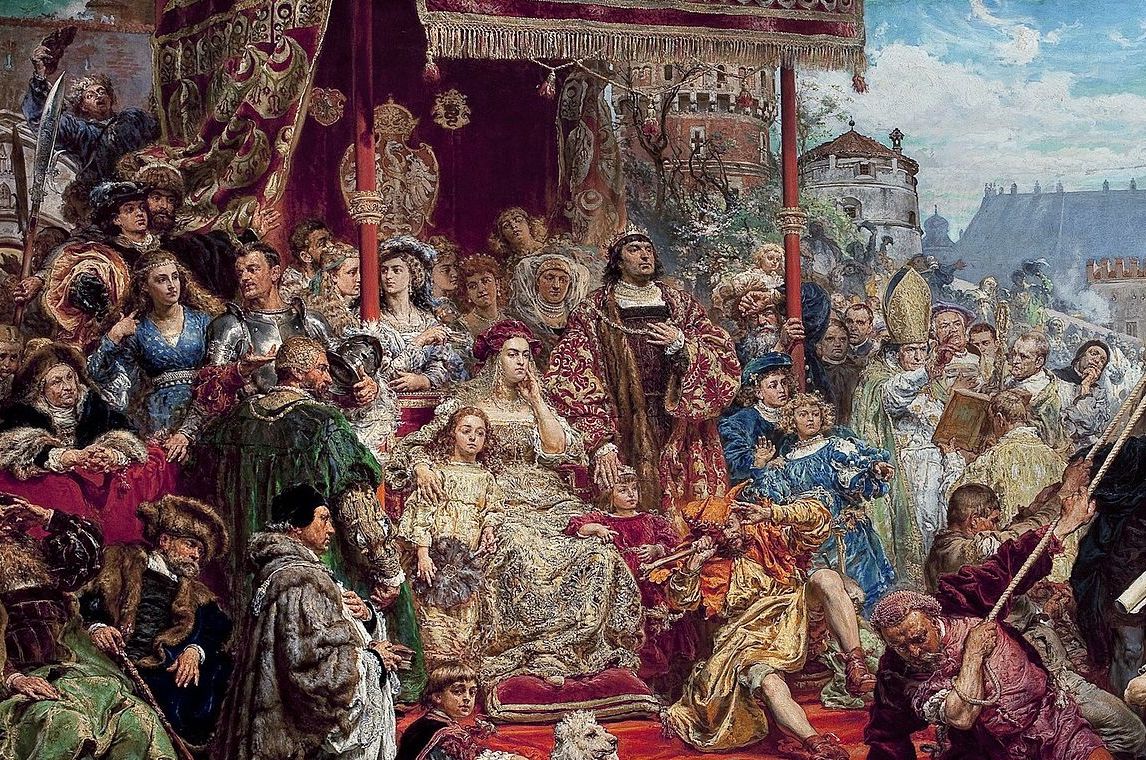
But Bona refused become a pawn in the Emperor’s diplomacy and she pursued openly anti-Habsburg policies.
Contrary to the Habsburgs’ wishes, Queen Bona pursued Polish engagement with France and the Ottoman Empire. Archival evidence of her correspondence with Hurrem Sultan, also known as Roxelana, the chief consort of Sultan Suleiman the Magnificent, opened the possibility of an anti-Habsburg alliance in concert with France.
When Bona Sforza arrived in Poland in 1518 she was greeted by archbishop Jan Łaski, the primate of Poland, with “great hope” that she will “deliver the heir to the throne”.

Over the thirty years of Bona Sforza’s marriage with Sigismund I the Elder, the Queen satisfied that demand with the birth of a son and four daughters. She secured the Polish and Lithuanian thrones for her son and placed her daughters as consorts of monarchs of Sweden, Brunswick, Hungary and Poland-Lithuania.
Sources at the time attest to an active, respectful and loving relationship between Queen Bona and her husband. They also the comment on the esteem he held for her and how they together governed the vast expanses of Poland and Lithuania.
Indeed, this partnership between Bona and Sigismund helps us to understand of how elite women acquired, maintained and negotiated power within (and outside) marriage.
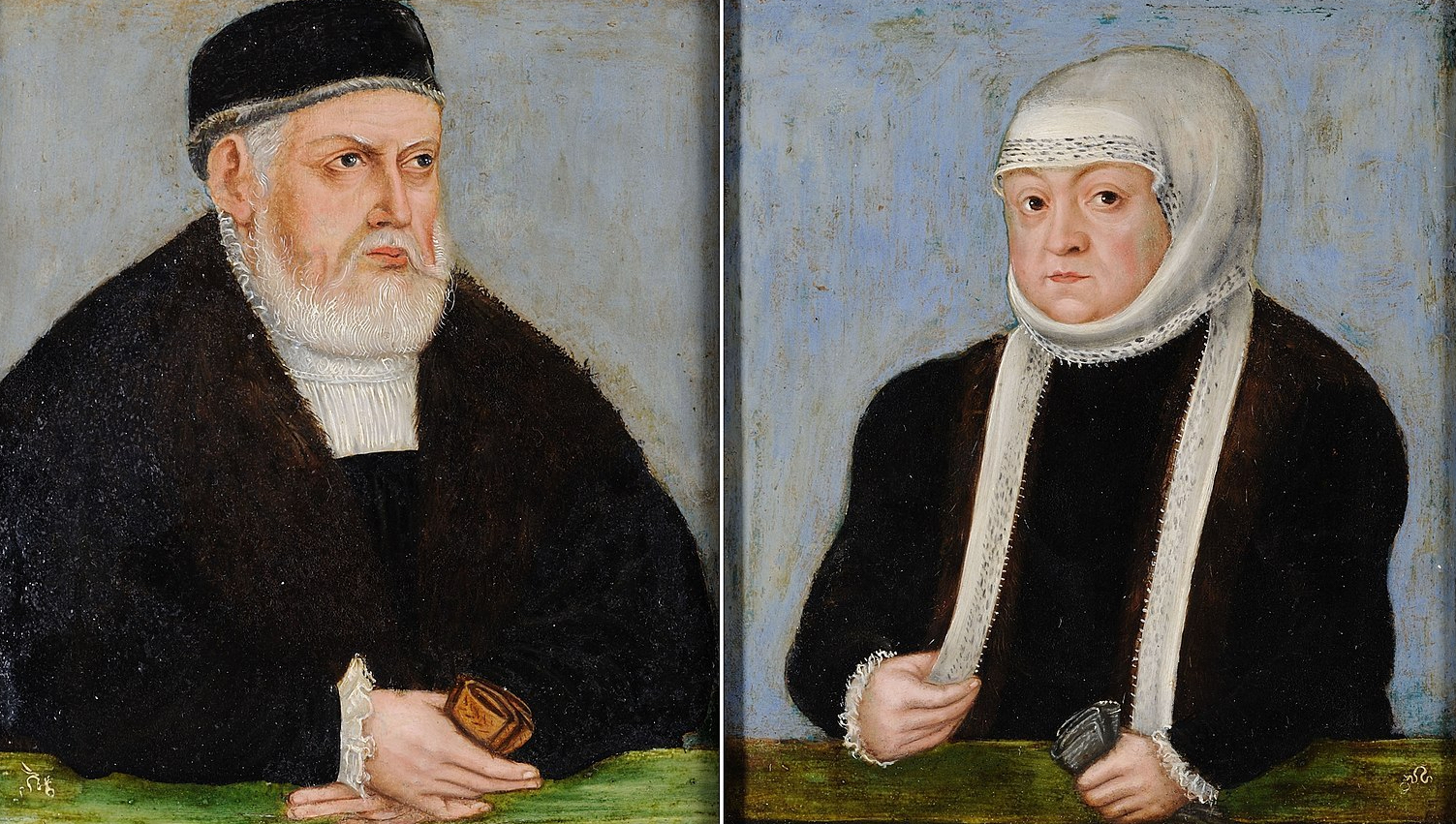
The legacy of Queen Bona is rich and complex.
She left a legacy of innovation and economic reform in her adopted country and Poland’s successor states of Lithuania, Ukraine and Belarus. But she also directly introduced and championed new practices and technologies from Italy to Poland like banking and agriculture.
This included the introduction of the three-field system for crop rotation and a modern style property valuation and measurement known as the Cadastre, which is still used today in the USA to maintain records of all public lands.

Arts & Culture
How did a cockatoo reach 13th century Sicily?
The economic impact of her actions quadrupled the income from land cultivation but also brought the resentment of local oligarchs who challenged a woman’s right to influence the political, economic and social course of the country’s development.
Satirists writing in Latin used the Sforza coat of arms – depicting a dragon devouring a child – to spread the malicious tales of Queen Bona’s greed as if “she were a beastly dragon”.
The attitude of Bona’s contemporaries was heavily gendered. Popular pamphlets portrayed her as a meddlesome wife but stressed her qualities as a ruler. While they praised her skill they portrayed her achievements as merely an extension of her partnership with her husband.
Bona’s arrival in Poland also contributed to the already flourishing Polish Renaissance.

She encouraged poets and made a lasting influence on the native language of the Poles. Renaissance authors considered to be founders of Polish literary language like Mikołaj Rey (1505–1569) and Jan Kochanowski (1530–1584) benefited from her patronage.
Among the artists promoted by Bona was Bartolommeo Berrecci whose legacy is the royal chapel of the last Jagiellons where Bona’s husband, son and daughter are buried.
Testament to her patronage of the arts is the lavishly decorated Christian devotional book Book of Hours, now in Oxford’s Bodleian Library. Among other treasures in the British Library is the prayerbook that belonged to Sigismund I the Elder in which the royal couple noted details of the births of their children, the entries made by both king and queen in their own hands.

Arts & Culture
Restoring one of the world’s rarest maps
The name Bona Sforza is still known by many Poles today because of her representation in popular culture over the centuries.
Following the character assassinations in her lifetime from the Polish and Lithuanian oligarchs disadvantaged by her innovations, the narrative shifted over centuries.
Celebrated as a great leader who loved and advanced her adopted countries, a later narrative emerged in the nineteenth century romanticising a Sforza ‘black legend’, which well known and influential in Poland to this day.
It’s this ‘black legend’ that connects Bona and Lucrezia – characterising them as conspiratorial, evil, and meddlesome hags.
She was active until her death – murdered at the age of 63 almost certainly by a greedy servant who wanted to appease her fierce rivals the Habsburgs.
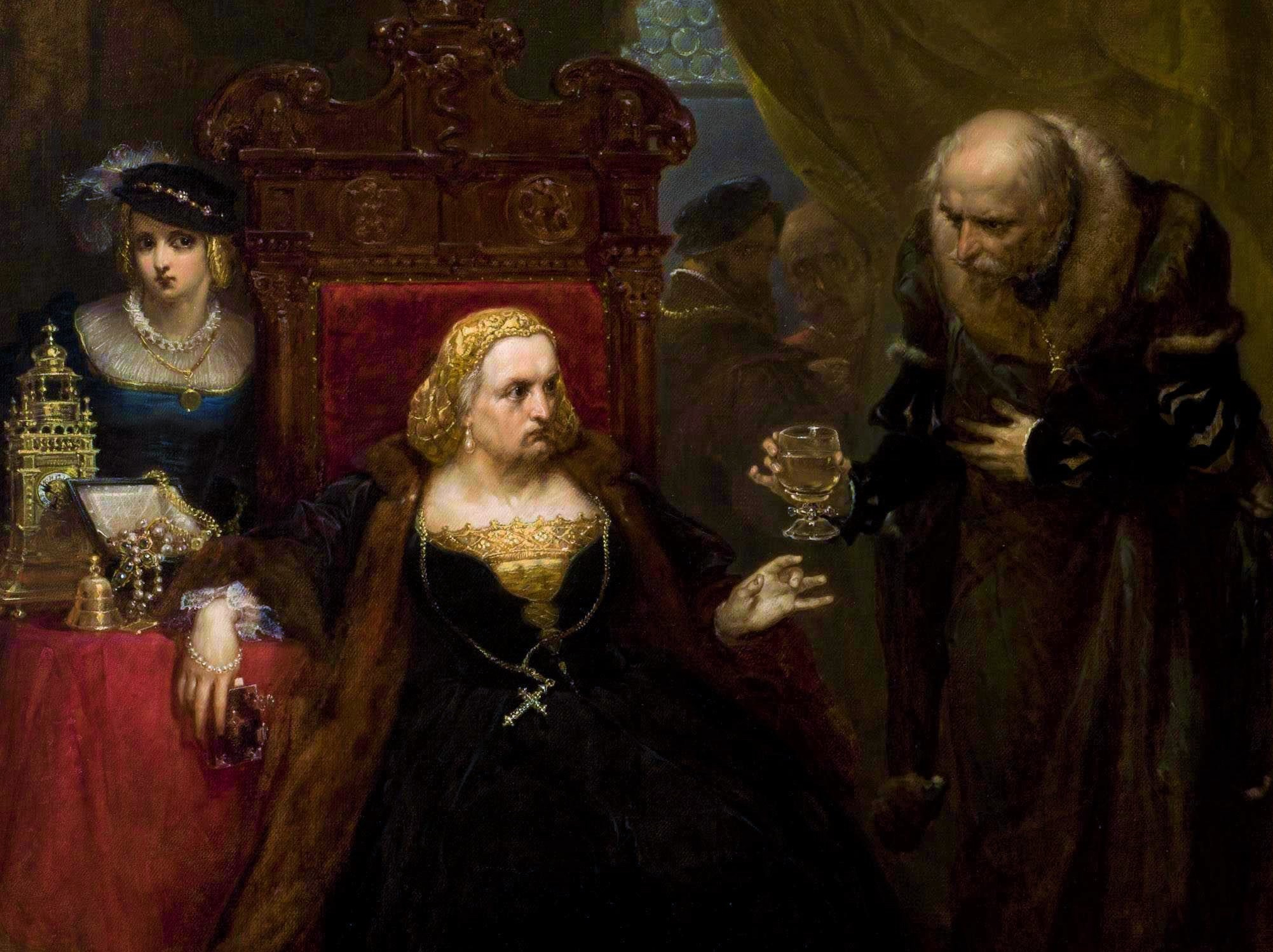
Queen Bona died on 19 November 1557 in Bari, Italy. The Habsburgs took over the Queen’s Italian estates – including the Duchy of Bari and the Principality of Rossano – without any regard for Bona’s immediate family.
Bona was openly involved in state affairs during the lifetime of her husband and deserves to be remembered as a Queen who was an agent of change.
She pursued policies aimed at strengthening her family, ensuring her legitimacy, autonomy and above all economic independence which she pursued as equal to men. The impact of her actions was transformative and enduring, if not revolutionary.
Banner: Bona Sforza (1494-1557), Queen of Poland by Unknown Artist/The National Museum in Krakow